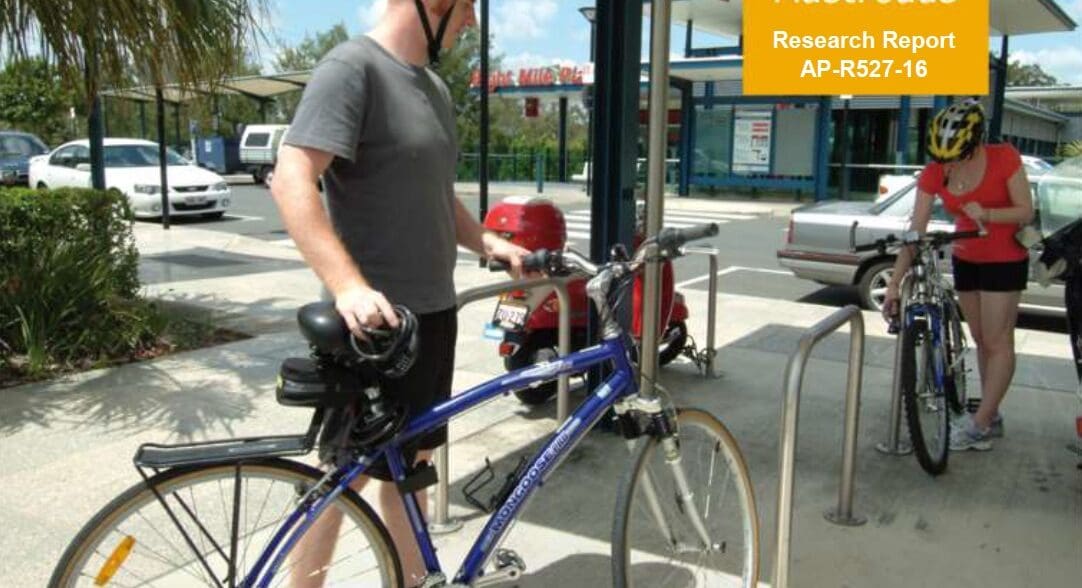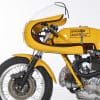Brisbane CBD will lose up to 200 designated motorcycle parking spaces after work starts in December 2016 on the new Casino development.
The State Government has confirmed that approximately 60 spaces will be permanently lost in Alice Street, William Street and Queens Wharf Road. There are 140 more spaces which will be closed during construction of the boardwalk, bikeway and foreshore works in mid-2017.
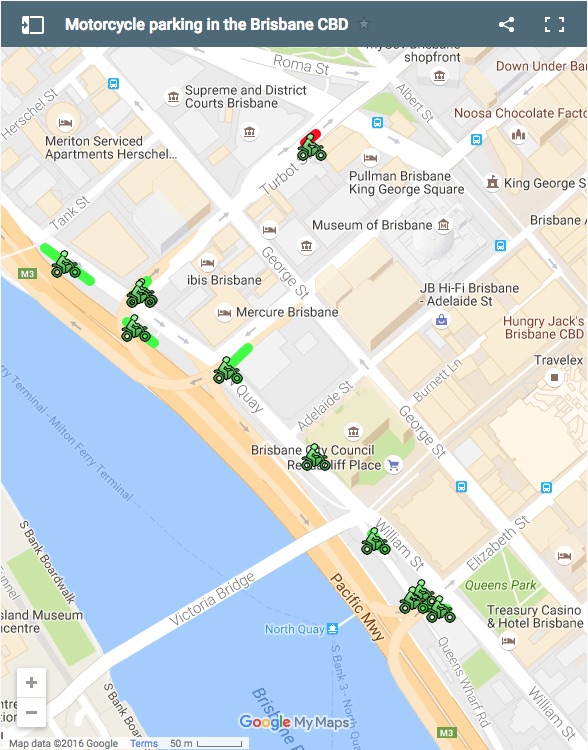
Some cities view inner-city motorcycle parking and footpath parking as an important method of freeing up parking spaces and easing congestion.
However, this latest setback comes as the Gold Coast City Council recently rejected footpath parking for motorcycles and scooters after a trial that started late last year.
Motorcycle footpath parking has been legal in Victoria for some years and has been introduced in more recent years in parts of Sydney and Brisbane, although with varying restrictions, and Adelaide is expanding its CBD footpath parking trial.
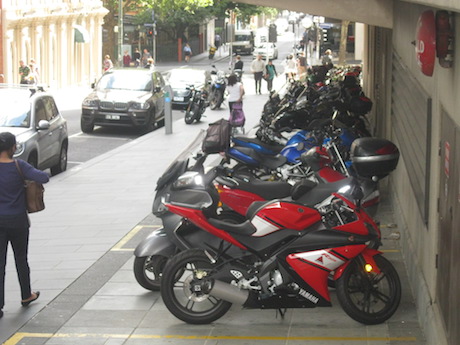
Footpath parking is also common in many European, American, Asian and New Zealand cities where it is seen as a progressive move to encourage more two-wheeled transport to free up traffic congestion and parking spaces in big cities.
Brisbane currently has a restrictive practice of designated footpath parking areas delineated by white lines.
Compared with Melbourne’s more liberal laws on footpath parking, it means a lot fewer available spaces.
Brisbane riders often complain that if they are not in the city by 7am, all the available motorcycle spaces are gone.
The situation is about to become a lot worse, a Council spokesperson confirms.
“Council is working with the State Government to identify opportunities to provide alternative sites to temporarily relocate the parking spaces impacted by the QWB development,” the spokesperson says.
“However, given the limited spare land in the CBD, relocation of all the impacted spaces may be difficult without assistance from the State.”
Rider Gary Davis says Brisbane motorcycle and scooter commuters are doing their bit to reduce congestion, pollution and the strain on public transport, but have to run the gauntlet of parking fine inspectors.
“The Brisbane City Council in recent times have really done little by way of increasing the number of designated motorcycle/scooter parks in the CBD,” he says.
“So, in most parts of the city, if you happen to start work any later that about 7am, you’re fresh out of luck.”
However BCC says they have installed more than 700 extra free spaces since 2012 around the CBD bringing the total number of free motorcycle parking spaces to about 1500.
Riders used to be able to park on CBD footpaths in front of state-owned buildings where the building receded further than the footpath. However, those spaces were taken away a few years ago for anti-terrorism protection.
Gary says there is a lot of confusion over where riders can legally park in Brisbane.
Even the council’s own disputes Commissioner is confused:
The issue of parking on footways is complicated by the fact that the council does not have enforcement jurisdiction over every footway in the CBD.
“The sooner this town grows up and allows motorcycle and scooter parking on the footpaths the better,” Gary says.
Support for bicycle footpath parking
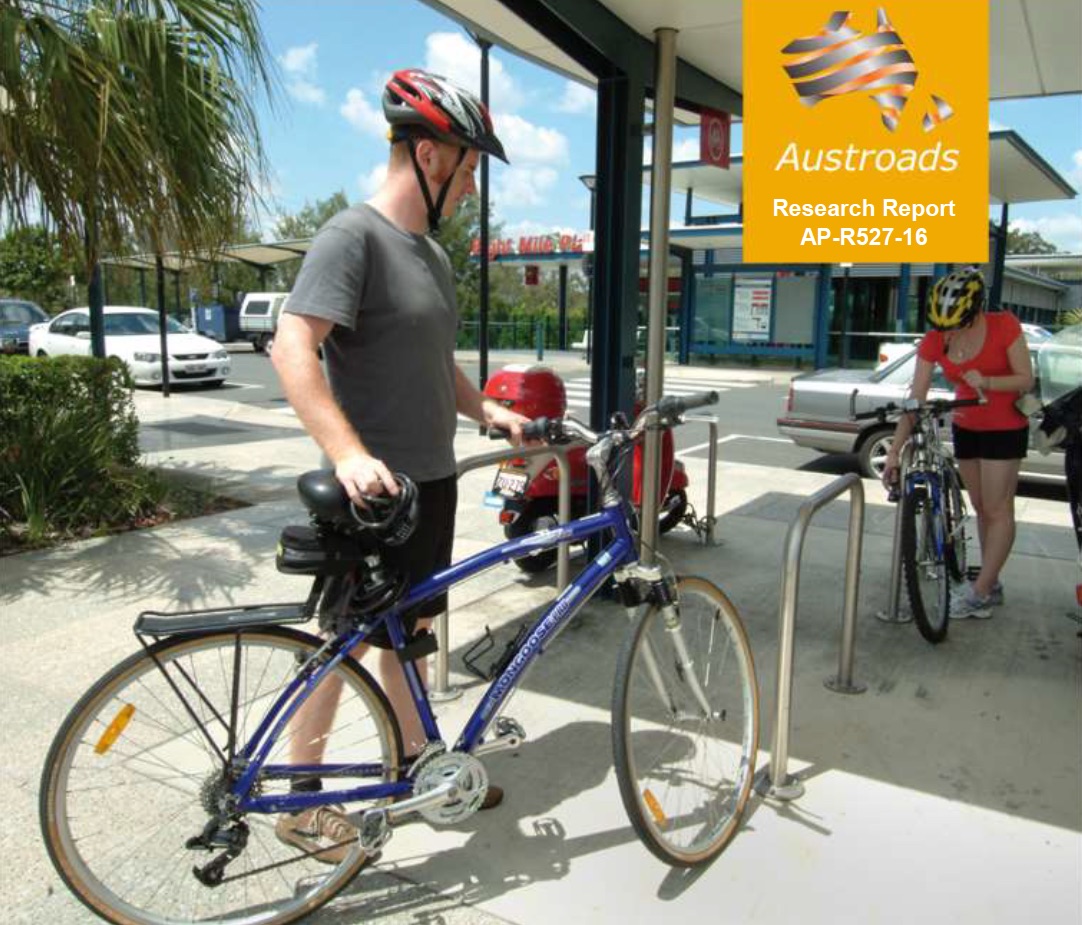


It seems there is always plenty of room for parking a bicycle on a CBD footpath, but when it comes to motorcycles which are often no more than the width of a couple of bicycles, it seems there is no room.
Austroads recently released studies on bicycle parking and some of the issues can be transferred to motorcycle parking since motorcycles don’t take up much more space.
They encourage innovative ways of using the footpaths or even replacing car parking spaces with bicycles which would benefit local traders.
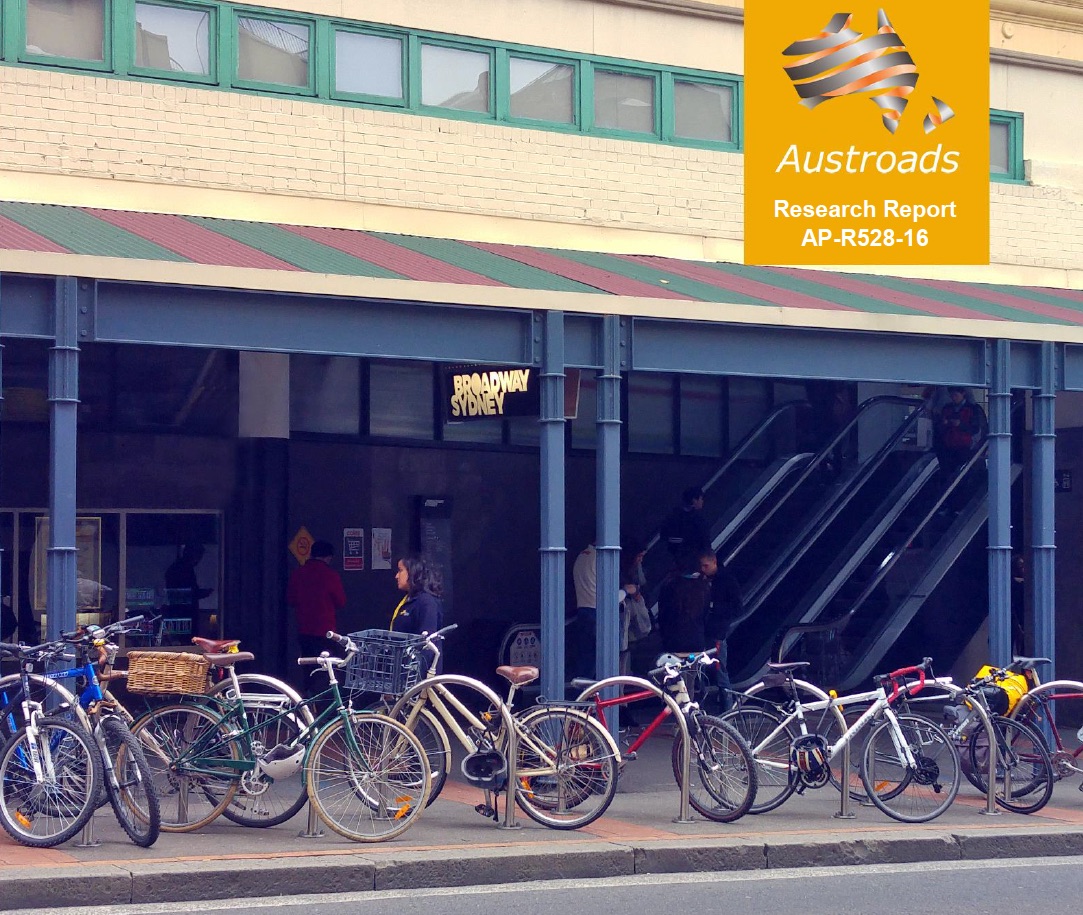


Here are some interesting excerpts from “Bicycle Parking Facilities: Guidelines for Design and Installation”:
“Walkers and riders visit more often than the customers who come by car and so are more valuable overall. “The Acland Street study found that local walking customers accounted for 86% of their revenue. As a result, the traders asked the Council to remove nine car spaces and widen the footpaths.
“A study of a shopping centre in Lygon Street Carlton where two car parks were converted to bicycle parking showed that twelve bicycle riders spend more than two car drivers. Changing one car space to a facility for six bicycles generated 3.6 times more expenditure in local businesses.
“This study showed that two fully-occupied car spaces generated $156 per hour. Twelve bicycle spaces with four bicycles parked generated more than $156 an hour. Fully occupied, the bicycle spaces generated $565 an hour. At times up to fifty bicycles are parked in an area with formal parking for two dozen bicycles.”


